Specifications of Cleaning Pigs In Piping
| Голая поролоновая свинья | LCQZ-RTN | 1. Мягкая текстура и хорошая гибкость. | Пусковое давление: 0,02 МПа |
| 2. При сильном водопоглощении величина деформации может достигать 60%. | Плотность: 35 кг/м³~220 кг/м³ | ||
| 3. Используется для обезвоживания, очистки и сушки трубопроводов. | Выдерживаемое давление: 7 МПа | ||
| Коэффициент растяжения: 320% | |||
| Степень сжатия: 60 | |||
| Срок службы изгиба: 50 000 раз | |||
| Коэффициент истирания: 4 мм/100 км | |||
| Эксплуатационное расстояние: 50 км ~ 150 км | |||
| Рабочая температура: -30 °C ~ 100 °C | |||
| Полли Пенная Свинья | LCQZ-RTR | 1. Polyurethane material foams its interior. A polyurethane elastomer coating covers the surface. | Пусковое давление: 0,02 МПа |
| 2. Хорошая гибкость и определенная износостойкость. | Плотность: 35 кг/м³~220 кг/м³ | ||
| 3. The deformation amount can reach 50%, which is the most widely used foam pig. | Выдерживаемое давление: 7 МПа | ||
| 4. Используется для очистки, удаления накипи и жидкостной изоляции труб. | Коэффициент растяжения: 320% | ||
| Степень сжатия: 50 | |||
| Срок службы изгиба: 50 000 раз | |||
| Коэффициент утывания: 2 мм/100 км | |||
| Эксплуатационное расстояние: 100 км ~ 300 км | |||
| Поросенок из пенопласта крест-накрест | LCQZ-RTCC | 1. Внутренняя часть вспенивается полиуретановым материалом. Поверхность покрыта призматическим блоком полиуретанового эластомера. | Рабочая температура: -30 °C ~ 100 °C |
| 2. Высокая твердость поверхности и большой коэффициент трения. | |||
| 3. Обладает высокой эластичностью и ударной вязкостью. | |||
| 4. Используется для очистки трубопроводов, очистки и очистки от примесей. |
Different Features of Cleaning Pigs In Piping
Cleaning pigs offer various features that enhance pipeline maintenance. These tools effectively remove debris and buildup. They ensure smooth fluid flow and prevent blockages.
First, cleaning pigs comes in different materials. Foam pigs are lightweight and flexible, making them ideal for simple cleaning tasks. Polyurethane pigs offer durability and resistance to wear, suitable for more abrasive conditions.
Additionally, some pigs feature brushes or scrapers. These attachments provide extra cleaning power for stubborn deposits. They help in removing scale, rust, and other hard buildups.
Moreover, cleaning pigs can have magnetic components. These magnets attract and remove iron particles. This feature is essential for pipelines with metal debris concerns.
Some cleaning pigs also include bypass capabilities. This allows fluid to flow through the pig, maintaining pressure balance. It prevents pressure buildup and ensures efficient cleaning.
Furthermore, multi-size pigs adapt to varying pipeline diameters. Their design allows them to navigate bends and changes in pipe size. This flexibility makes them suitable for complex pipeline systems.
Operators can also use smart pigs with sensors. These pigs collect data on pipeline conditions. This information helps in identifying potential issues and planning maintenance.
Finally, selecting the right pig depends on specific pipeline needs. Understanding the features ensures effective cleaning and optimal performance. Regular use of cleaning pigs extends pipeline lifespan and enhances safety. Proper maintenance and selection of pigs lead to efficient pipeline operations.


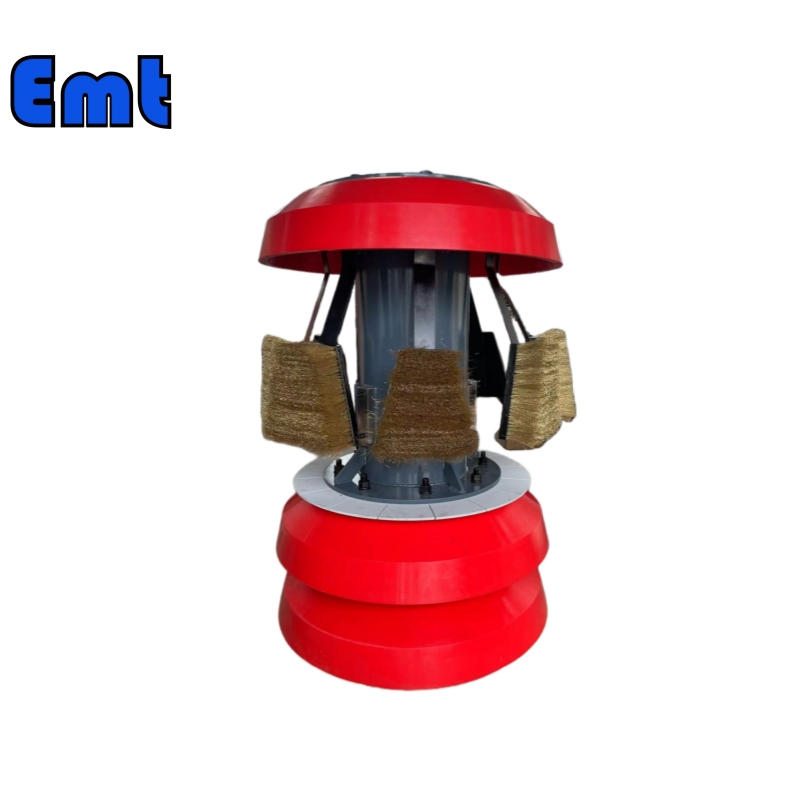
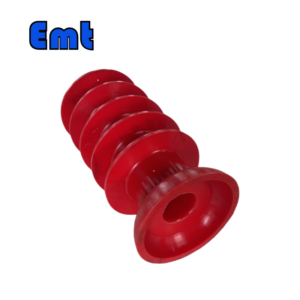
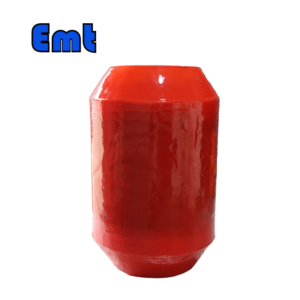

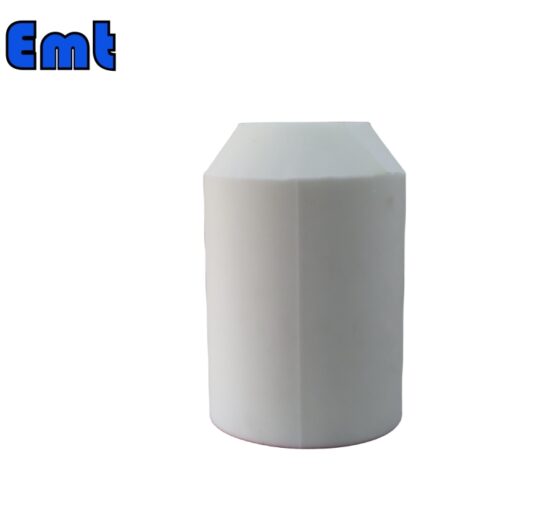
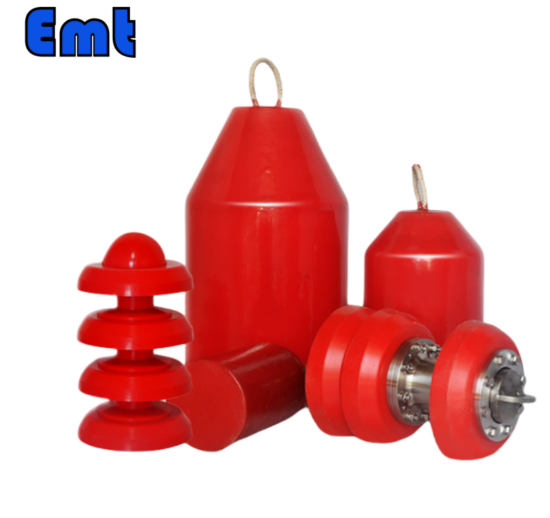
Отзывов пока нет.